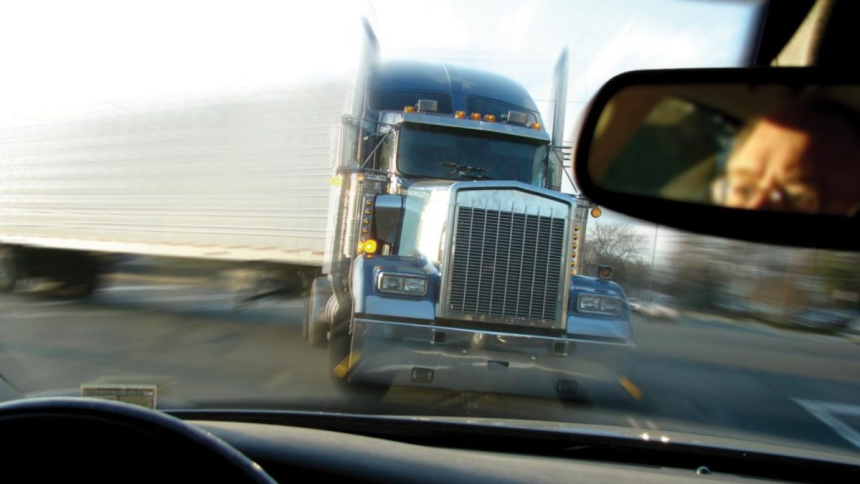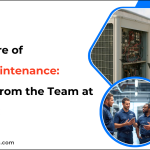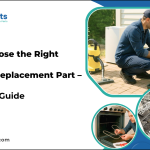Accidents involving commercial vehicles can cause life-threatening damages, especially those caused by an invisible driver of a vehicle who cannot see an automobile in his blind spot. Blind spots or “no-zones” in commercial vehicles are considerably larger compared to automobiles, and the driver of the commercial vehicle may unknowingly not see a smaller automobile or motorcycle. For people who were hurt in such accidents, it is important to learn the process of filing truck blind spot accident claims
with the intent to receive compensation and justice.
Acknowledging Truck Blind Spots
Before going through the process of filing, an individual must be aware of the characteristics of truck blind spots. Four massive blind spots are found in most big trucks:
- Front Blind Spot: Directly in front of the cab and where the driver cannot see low-clearance cars.
- Side Blind Spots: Especially on the right side of the trailer, which could be a few lanes wide.
- Rear Blind Spot: Behind the trailer, with absolutely no rear visibility by the driver.
- Passenger Side Blind Spot: Broader and more lethal because of very limited mirror coverage.
Blind spots cause sideswipe crashes, merging crashes, and following crashes—each with a risk of serious injury.
Who Is to Blame in a Blind Spot Collision?
Liability is the most critical portion of claiming. Even though it appears straightforward that the truck driver was at fault because they failed to check blind spots, liability does not always work so straightforwardly. Depending on what occurred, one or more of the following may be held liable:
- Truck Driver: If they failed to check mirrors, made bad choices, or violated traffic regulations.
- Trucking Company: If they didn’t properly train the driver or used unrealistic schedules that left drivers fatigued.
- Vehicle Manufacturer: In the very rare case that the blind spot monitor system does fail.
- Other Drivers: If another driver caused the hazardous situation which led to the accident.
Because liability can include more than one party, it is very important to make a good investigation when there is a blind spot accident.
Steps to Follow Following a Blind Spot Truck Accident
In order to protect one’s legal rights and have the maximum chance of a successful claim, the following steps have to be followed following a truck blind spot accident:
- Seek Medical Attention: Even minor injuries count by the doctor.
- Report the Incident: Dial police and have a police report made.
- Take Photographs: Snap photos of the vehicles involved, the location where the accident happened, and any visible injuries.
- Get Witness Details: Witnesses make good third-party testimony
- Do Not Admit Guilt: Do not address fault at the scene or with insurance adjusters without first talking with an attorney.
- Phone a Personal Injury Lawyer: Experienced lawyers who practice truck accidents are skilled at addressing complicated issues of liability and insurance settlements.
Why Legal Representation Is Important?
Truck crash cases are rarely simple. Insurance companies and trucking firms generally have attorneys ready to dispute claims or minimize payment. An experienced personal injury lawyer will be aware of:
- Obtaining and preserving evidence like dashcam footage, GPS records, and driver records.
- Working with accident reconstruction experts.
- Negotiating with insurance companies on behalf of the victim.
- Sue when there are no opportunities for fair settlement.
It is greatly required to be represented fairly by law to gain some control over truck blind spot crash case results such that victims receive fair compensation.
Truck blind spot crashes can result in life-changing injury and psychological trauma. Even as recovery is likely to take ages, awareness of the law and seeking expert opinion may be informative and comforting. For the parties to truck blind spot crashes, prompt, wise action may be the turning point in achieving a fair settlement.
Lynn Martelli is an editor at Readability. She received her MFA in Creative Writing from Antioch University and has worked as an editor for over 10 years. Lynn has edited a wide variety of books, including fiction, non-fiction, memoirs, and more. In her free time, Lynn enjoys reading, writing, and spending time with her family and friends.















